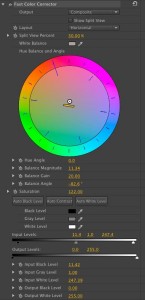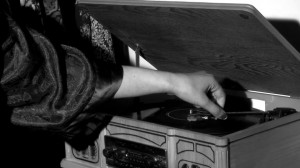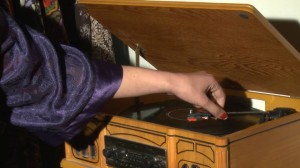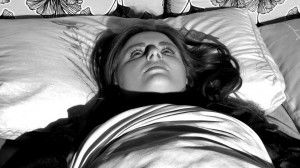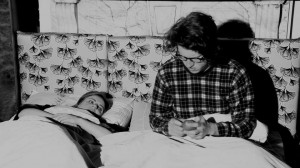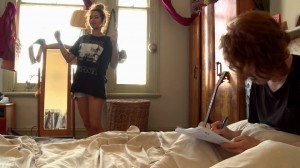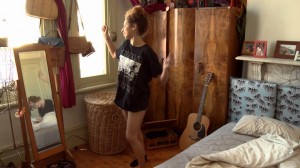The HeART of Humanity
Before attempting to write this piece I thought it wise to ascertain a basic definition of ‘art’ itself. Naturally, I cast the word into the all-knowing search god, Google, to which I was quite blatantly offered this: the expression or application of human creative skill and imagination, typically in a visual form such as painting or sculpture, producing works to be appreciated primarily for their beauty or emotional power. Two phrases stuck with me here: beauty and emotional power.
Often – and I find myself guilty of this- we disregard the depth and underlying emotional pull behind art and, to the great detriment of the artist, take it on face value. It seems we’ve built a generation of museum goers for basic art appreciation, thriller film viewers for satisfaction of basic excitement needs, and… well, you get the gist.
Just as I am about to foolishly throw in the towel, films like Frédéric Tcheng’s ‘Dior and I’ hit me in the face – rather gently might I add – with what can only be described as a beautiful infusion of two art forms that offer unparalleled understanding into the depths and emotional basis’ of the art of fashion.
‘Dior and I’ transports the audience into the commonly misconceived world of the Christian Dior fashion house during the hectic period whereby newly instated artistic director, Raf Simon’s, must present an entire haute couture collection within a brief six weeks. Before viewing this film I had already established gross misconceptions in my mind regarding its subject matter. Boy was I wrong. This film was not one intended to elucidate the designs themselves rather, the seamstresses and designers responsible for their creation. It is a film about humanity in an environment where there is so much at risk. We witness Raf amidst his somewhat prompt introduction to the house of Dior and its employees. We are gently encouraged to observe and comprehend a man highly anxious about the pressure of an upcoming line. In fact, we meet relatable characters who prove to be much more complex than the stereotyped factory workers.
What is truly endearing about this film is the way in which Tcheng utilizes monochromatic footage to juxtapose the current Dior house with the past whereby we are able to form a link between the modern designs and the designs created by Christian Dior himself.
What strikes me as most beautiful was the way in which the art of film functioned as the medium to carve the path of understanding to the art of fashion. Tcheng elegantly utilizes the camera in a non-disruptive manner whilst submerging the audience in the heat of the action. The unique touch of grace intermixed with intricacy is emphasized in the narration that functions as both Christian Dior and Raf Simons, offering an inimitable bond between the two designers, between past and present, between traditional and modern.
In the same, -excuse the pun- fashion, Wim Wenders/ Juliano ribeiro Salgado’s Oscar nominated film ‘Salt of the Earth’ combines the art forms of film and photography to offer insight into the deeply complex psyche of photographer Sebastiao Salgado. Salgado’s monochromatic photographical folio certainly speaks for itself as the images portray cultures experiencing major events, which led to states of starvation and struggle. Wenders’ gentle observatory filming methods and interviews whereby Sebestiao speaks to the camera behind a transparent photograph, offer great insight into a man whose photographic endeavors had deeply plagued his struggling psyche. In an interview with The Guardian, Wenders refers to the photographer as one who “came to the heart of darkness and may not have found the way out of it if it hadn’t been for his new encounter with nature”. This film traces a beautiful transition from Sebastian’s own tormented state to his tranquil encounter with nature.
This infusion of film and art continues in Chris Moukarbel’ ‘Banksy does New York’ which chronicles the infamous street artists month of daily art installations in New York City. This film manages to realize the essence of a man whose identity is completely unknown. He is, above all, a political activist who utilizes his artistry to realize political statements. Moukarbel designs the film in a way that mimics the randomized, chaotic appearances of Banksy’s graffiti. The audience adopts the character of the investigator as we experience those following the clues to unveil the artworks of a man who has “distinguished himself from other artists by having a bigger agenda”.
I once heard a statement that really influenced my outlook on art. I had previously labored- quite foolishly might I add – under the misconception that each art form existed in isolation from another. This was, before I truly comprehended the theory that combining art forms induces a rare, most beautiful kind of creativity.

